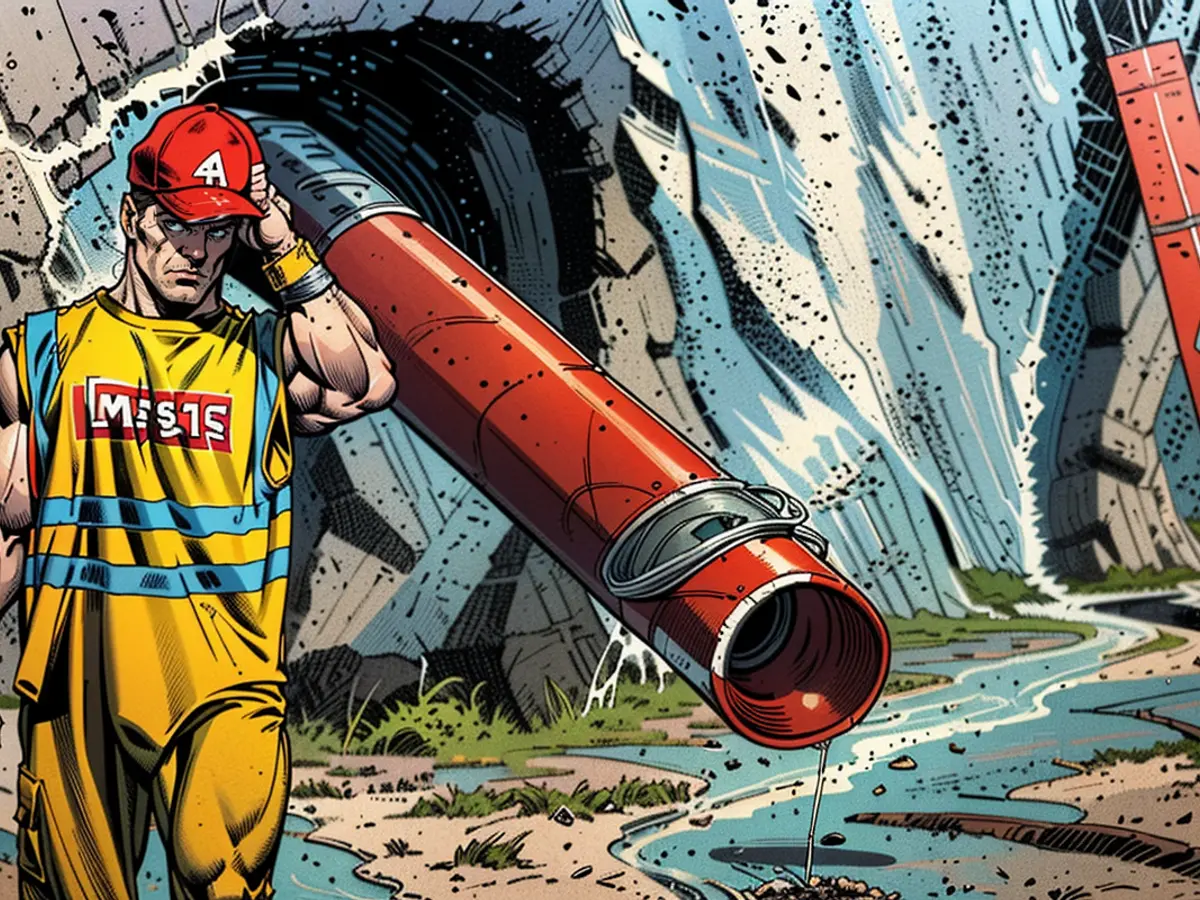Commencement of Suedlink's Building Phase in Baden-Württemberg
What is Suedlink?
Suedlink is one of several proposed power infrastructure projects in Germany, with a projected length of approximately 700 kilometers. It will deliver eco-friendly energy to around ten million households. Along most of the route, two power lines will be installed side by side, operating in tandem. The estimated cost for this project is around ten billion euros, according to the responsible grid operators Tennet and TransnetBW.
Where will the new power line be constructed?
The power line will pass through six federal states: starting from Schleswig-Holstein, moving through Lower Saxony, Hesse, and Thuringia, then reaching Bavaria, and finally ending in Baden-Württemberg. One of the lines will extend from Brunsbüttel to Leingarten, Baden-Württemberg, while another will run from Wilster to Bergrheinfeld in Lower Franconia. An Elbtunnel will be constructed near Glückstadt in Hamburg, and another part will be laid 200 meters underground in a salt mine near Heilbronn.
Why is it being built?
The Suedlink project aims to transport electricity from the wind-rich northern regions of Germany to the energy-demanding southern regions. After the phase-out of nuclear and coal power, Bavaria and Baden-Württemberg will increasingly rely on wind power from northern Germany. This new line aims to ensure a consistent power supply.
When will Suedlink be operational?
The initial plan was for Suedlink to be completed by 2022, but due to various delays, this has since been adjusted to 2026 and is now expected to be commissioned at the end of 2028. Tennet oversees planning and construction in Germany’s northern regions, while TransnetBW is responsible for the central and southern parts.
Why is construction taking so long?
The main reasons for the delays are extended planning and approval processes, as the cables must navigate through private properties and farmlands. The groundwork for laying the cables beneath rivers, highways, and current infrastructure is also complex. Another issue is the weight of the cables – a meter of cable weighs around 42 kilograms, and each drum contains nearly 100 tons. This heavy load may necessitate reinforcements for certain roads.
What are the benefits and drawbacks of Suedlink?
Utilizing underground cables for electricity transmission reduces landscape alterations compared to overhead lines. Direct current transmission also results in less energy loss compared to alternating current. However, both underground cabling and direct current cables are more costly options because of the infrastructure requirements.
Will electricity prices for consumers rise due to Suedlink?
The text does not provide conclusive evidence that electricity prices for consumers will increase as a result of Suedlink’s construction.
As Suedlink’s completion draws nearer, electricity costs could rise due to spreading investment costs over several decades and ultimately being passed onto consumers. Nevertheless, the new line is designed to avoid power supply bottlenecks, lowering financial pressures. In the best-case scenario, neither additional power purchases nor new power plants would be required. Reduced bottlenecks would put less strain on budgets. Are there criticisms?
Citizens' initiatives and action groups have expressed concerns about the project in the past, threatening legal action. They voiced fears regarding agriculture and environmental impacts, as well as Bavarian state government criticism. Despite these criticisms, energy experts emphasize the necessity for grid expansion as part of Germany's energy transition.
The construction of Suedlink will significantly contribute to the distribution of eco-friendly energy from the north to the energy-demanding south of Germany, thereby ensuring a consistent power supply for millions of households. However, the project's estimated cost of ten billion euros has led to criticisms and concerns about potential electricity price increases for consumers.








